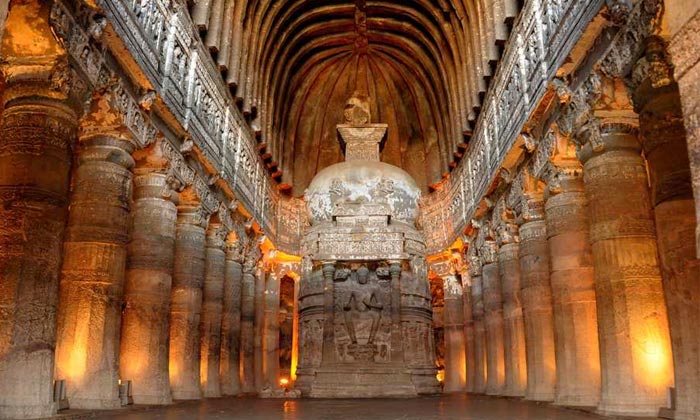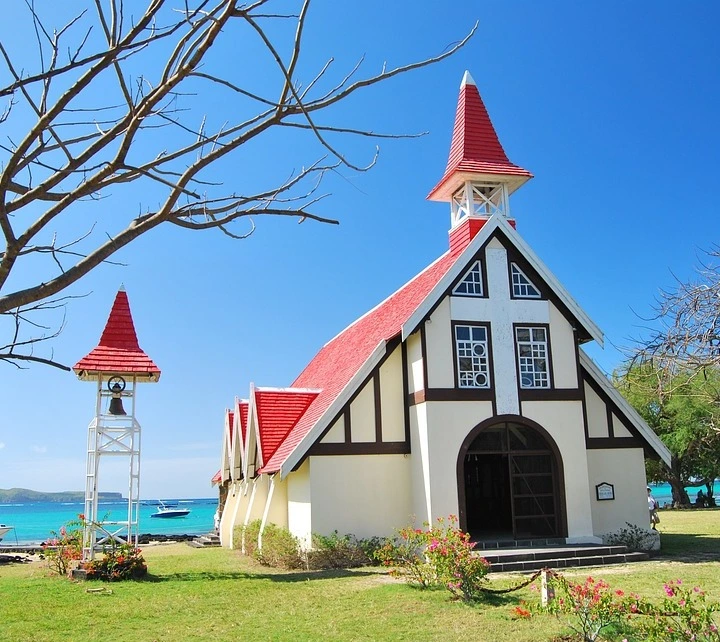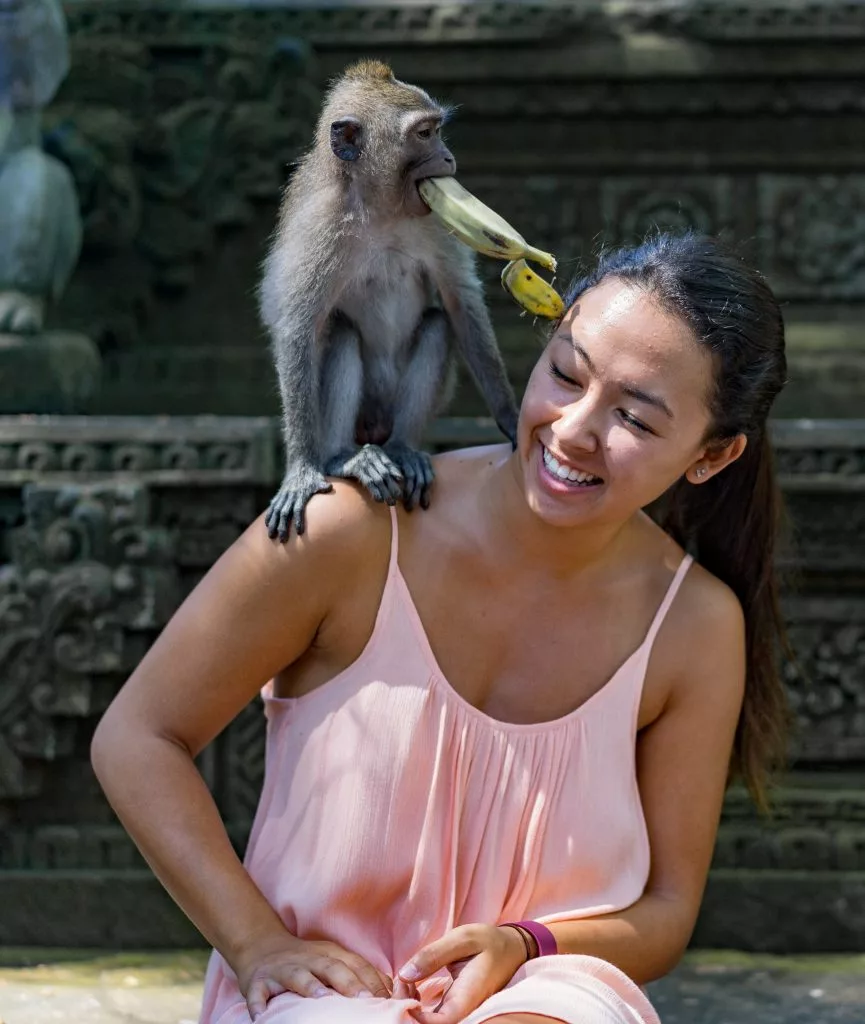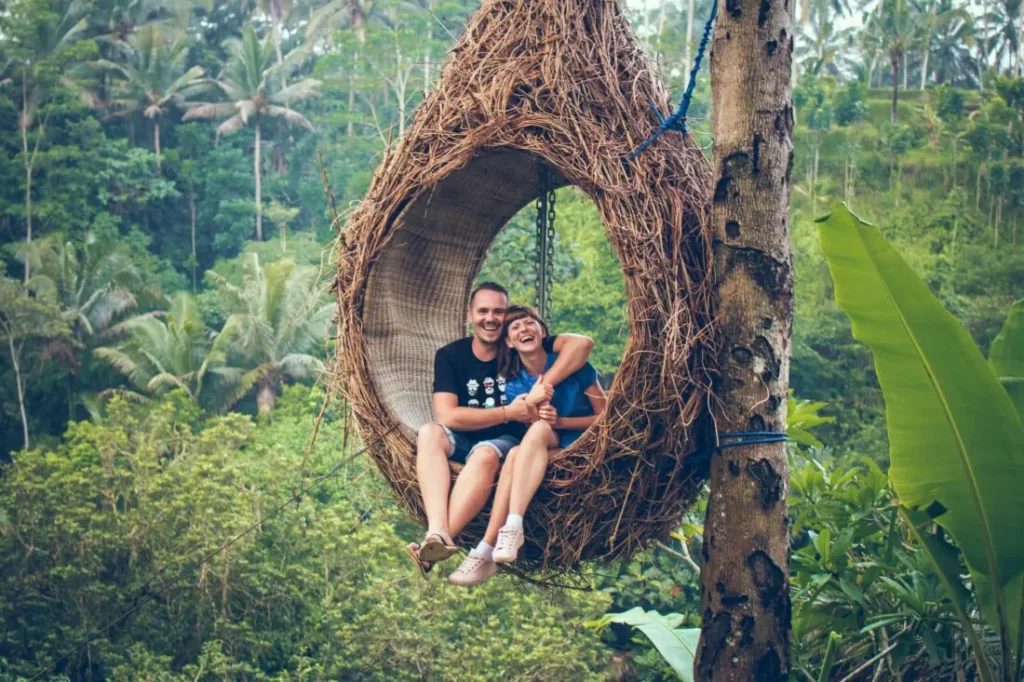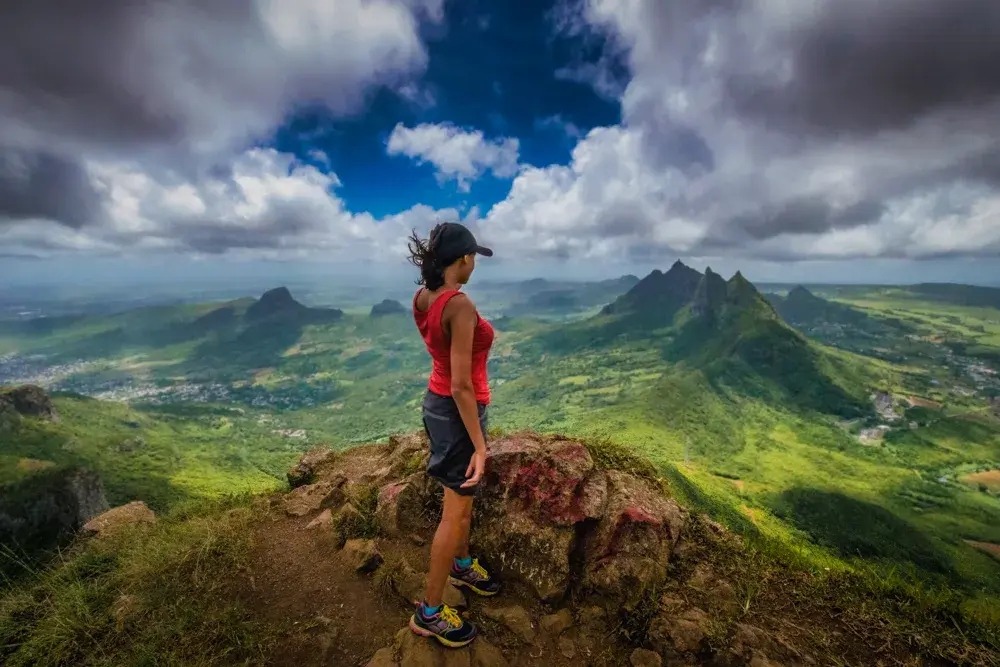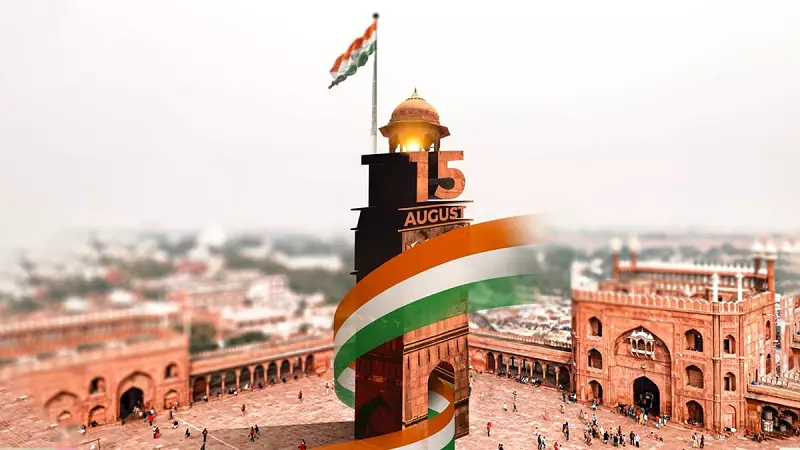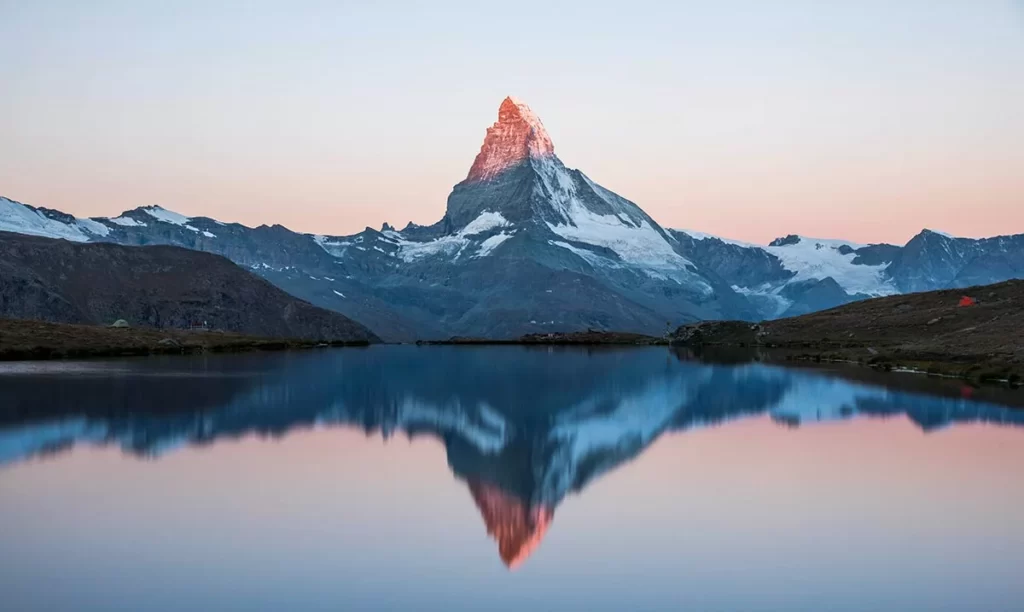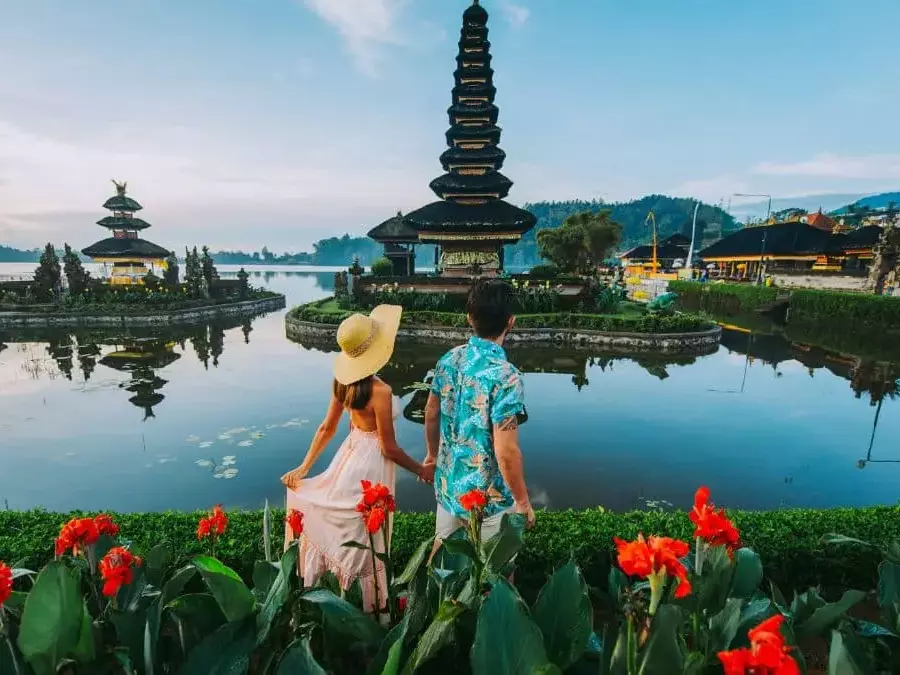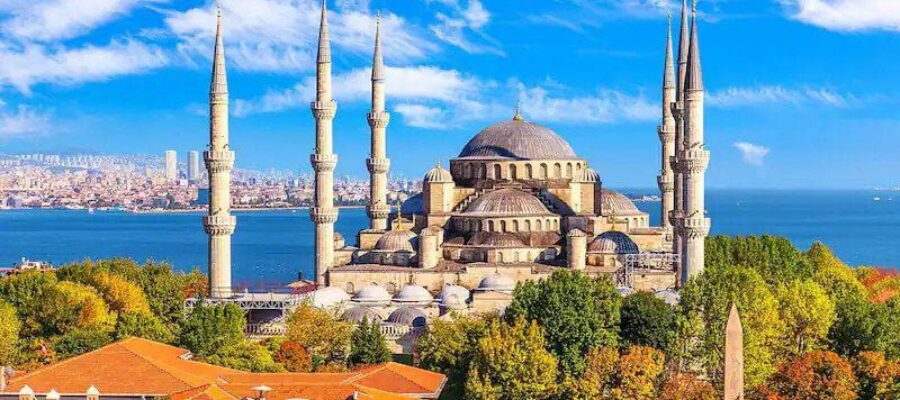Visit These 10 Mysterious Caves in India at Least Once in Your Life
India is home to some of the world’s most impressive historical landmarks, religious sites, and breathtaking landscapes. In addition to natural gifts and heritage trails, India is renowned for its many fascinating caverns. This issue is not limited to the well-known caves of Ajanta, Ellora, and Elephanta. There are plenty additional amazing caves in India that should be explored. Some caves feature magnificent sculptures and carvings, while others feature beautiful mounds. The majority of these caves are the finest examples of the architectural prowess of that age, which showed some truly fascinating Buddhist teachings and ways of life. By exploring these caverns, you will not only enjoy a relaxing vacation, but you will also gain a deeper appreciation for India’s rich legacy.
Ajanta Caves, Maharashtra
The Ajanta Caves are a group of 29 rock-cut Buddhist cave monuments that date back to the 2nd century BCE to 480 CE. They are located in the Aurangabad district of Maharashtra, India, and are considered a UNESCO World Heritage Site. The caves are famous for their rock-cut architecture and intricate frescoes and murals that depict scenes from the life of the Buddha and Jatakas (Buddhist tales). The caves were created during two distinct periods, the first group were built in the 2nd century BCE during the Satavahana dynasty and the second group were built in the 5th century CE during the Vakataka dynasty. The Ajanta Caves are an important archaeological site and a significant place of pilgrimage for Buddhists. They are also considered a major tourist attraction in India and are visited by thousands of visitors annually.

Borra Caves, Andhra Pradesh
The Borra Caves, also known as Borra Guhalu, are a group of limestone caves located in the Ananthagiri hills of the Araku Valley in the Visakhapatnam district of Andhra Pradesh, India. The caves are known for their unique and picturesque formation of rocks, speleothems and are considered one of the deepest caves in India. It is said that these caves were discovered by William King George of the Geological Survey of India in 1807. The caves are situated at an elevation of about 705 meters above sea level and are a popular spot for adventure tourism and trekking. These caves have a rich cultural and historical significance, with rock paintings and inscriptions dating back to the Neolithic era. The caves are also considered as a sacred site by the local tribes, who believe that the caves were formed by the god Shiva. The caves are a major tourist attraction in Andhra Pradesh and are visited by thousands of visitors annually.

Bhimbetka Caves & Rock Shelters, Madhya Pradesh
The Bhimbetka Caves and Rock Shelters are a group of prehistoric rock caves and shelters located in the Raisen District of Madhya Pradesh, India. The caves are situated in the foothills of the Vindhya Mountains and are a UNESCO World Heritage Site. The caves and shelters are known for their rock paintings, which are considered to be some of the oldest surviving examples of Indian rock art. The paintings, which date back to the Mesolithic period, depict scenes of daily life, hunting, and religious rituals. The caves also have evidence of habitation dating back to the Paleolithic era, making them an important archaeological site. The Bhimbetka Caves are considered an important place of pilgrimage by the local tribes and are also a major tourist attraction in Madhya Pradesh. Thousands of visitors come to admire the ancient rock paintings and learn about the history and culture of the region.

Amarnath Cave, Baltal, Jammu and Kashmir
Amarnath Cave is a Hindu shrine located in Jammu and Kashmir, India. It is a limestone cave located at an altitude of 3,888 meters, and it is considered one of the holiest shrines in Hinduism. The cave contains an ice stalagmite lingam, which is believed to be a representation of Lord Shiva. The stalagmite waxes and wanes with the phases of the moon and is considered a symbol of the god’s power. The cave is surrounded by snowy mountains and glaciers, and the overall setting is considered very beautiful and peaceful. Amarnath Cave is the main site of the annual Amarnath Yatra (pilgrimage) which takes place during the months of June and July, when thousands of Hindu devotees make the challenging trek to the cave. The trek passes through beautiful landscapes and high-altitude passes, and the Amarnath Cave is considered one of the most challenging and rewarding treks in India.

Undavalli Caves, Andhra Pradesh
The Undavalli Caves are a group of ancient rock-cut caves located in the village of Undavalli in the Guntur district of Andhra Pradesh, India. The caves date back to the 4th-5th century AD and are considered an important archaeological site. The caves are carved out of solid sandstone on a hillside and are known for their intricate carvings and sculptures. The main attraction of the caves is the monolithic statue of Lord Vishnu, which is carved out of a single block of granite and is considered one of the finest examples of ancient Indian rock-cut architecture. The caves also have beautiful frescoes, sculptures, and inscriptions, which provide insight into the art, culture, and religious practices of the period. The Undavalli Caves are also considered an important place of pilgrimage by the local people and are a popular tourist destination in Andhra Pradesh.

Udayagiri and Khandagiri Caves, Orissa
The Udayagiri and Khandagiri Caves are a group of ancient rock-cut caves located in the city of Bhubaneswar in the Indian state of Odisha. The caves, which date back to the 2nd century BCE, were built by King Kharavela of the Chedi dynasty as residential quarters for Jain ascetics. Udayagiri caves are also known as Khandagiri caves, are considered one of the most important archaeological sites in India. The caves are carved out of a hill and are known for their intricate carvings and sculptures. They are also famous for their inscriptions and rock-cut architecture which is considered as an example of ancient Indian art and architecture.
There are 18 caves in Udayagiri and 15 caves in Khandagiri, among which Rani Gumpha, Hathi Gumpha, Ananta Cave, and Navamuni are considered the most important. The caves are a popular tourist destination in Odisha, and are also considered an important place of pilgrimage by the Jain community. The Udayagiri and Khandagiri Caves are also a UNESCO World Heritage Site.

Vaishno Devi, Jammu & Kashmir
Vaishno Devi, also known as Mata Rani, is a Hindu temple located in the Trikuta Mountains of the Indian state of Jammu and Kashmir. It is one of the most revered shrines in Hinduism and is dedicated to the Hindu goddess Vaishno Devi, who is considered a manifestation of the goddess Durga. The temple is located in a cave and is accessible only by foot, via a 13 km long well-defined footpath from the base camp at Katra. The temple is visited by millions of devotees every year, making it one of the most visited pilgrimage sites in the world.
The cave shrine is situated at an altitude of 5,200 ft and is inside a cave, which is about 30 ft deep. The cave is divided into three parts, each representing the three forms of the goddess – Mahakali, Mahalakshmi and Mahasaraswati. The devotees have to trek through the mountainous terrain to reach the temple. The trek is considered as challenging but is also considered as a spiritual journey. The temple is open throughout the year, but the best time to visit is between the months of April and November. The temple is well equipped with facilities for the devotees like accommodation, medical aid, and food.

Badami Caves, Karnataka
The Badami Cave Temples are a complex of four Hindu, Jain and possibly Buddhist cave temples located in Badami, a town in the Bagalkot district of Karnataka, India. The temples are carved out of sandstone cliffs and are considered an important example of Indian rock-cut architecture. The caves are dated back to the 6th and 8th century AD during the rule of the Chalukya dynasty.
The four caves are located one above the other and are known for their intricate carvings and sculptures. Cave 1, the largest and most ornate, features a number of sculptures, including an 18-armed Nataraja, a representation of the god Shiva dancing. Cave 2 features a number of carvings of Vishnu, including the Trivikrama and Varaha avatars. Cave 3 is dedicated to Lord Mahavira, the 24th Tirthankara of Jainism, and Cave 4 is dedicated to Lord Vishnu. The temples are an important tourist destination and are considered an important place of pilgrimage for Hindus and Jains.

Elephanta Caves, Maharashtra
The Elephanta Caves are a UNESCO World Heritage Site located on Elephanta Island, or Gharapuri Island, in Mumbai Harbour, Maharashtra, India. The caves are a network of sculpted caves dating back to the 6th and 7th centuries AD. They are an example of rock-cut architecture and are known for their elaborate carvings, particularly the 20-foot high Trimurti sculpture, a representation of the Hindu god Shiva in his three aspects as Brahma, Vishnu, and Shiva.
The island is accessible by ferry from Gateway of India, Mumbai. The main cave, Cave 1, is a hall with a large central shrine, including the Trimurti, as well as numerous other smaller shrines and sculptures. There are also two other groups of caves on the island, but these are smaller and less well-preserved.
The Elephanta Caves are considered one of the most important examples of ancient Indian rock-cut architecture and have been a popular tourist destination for centuries. The island and its caves have a rich history and are also considered an important place of pilgrimage for Hindus.

Ellora Caves, Maharashtra
The Ellora Caves are a UNESCO World Heritage Site located in the Aurangabad district of Maharashtra, India. The caves are a series of 34 monasteries and temples, dating back to between the 6th and 10th centuries AD, that were excavated out of the vertical face of the Charanandri hills. They are considered one of the most important examples of ancient Indian rock-cut architecture and are known for their intricate carvings and sculptures.
Ellora caves are divided into three main sections – the Buddhist, Hindu and Jain caves. The Buddhist caves (Caves 1-12) are the oldest and date back to the 6th century AD. They consist of viharas (monasteries) and chaitya halls (prayer halls) and are known for their elegant carvings and sculptures. The Hindu caves (Caves 13-29) are the most famous and date back to between the 7th and 10th centuries AD. They include the Kailasa Temple, a massive monolithic structure that is considered one of the most impressive examples of ancient Indian rock-cut architecture. The Jain Caves (Caves 30-34) are smaller and less well-known, but they also contain some beautiful carvings and sculptures.
Ellora caves are an important pilgrimage destination for all three religions and a major tourist destination as well. They are open throughout the year, but the best time to visit is between October and February when the weather is cooler.

Let us know your requirements. Our experts will curate the perfect itinerary for you.


